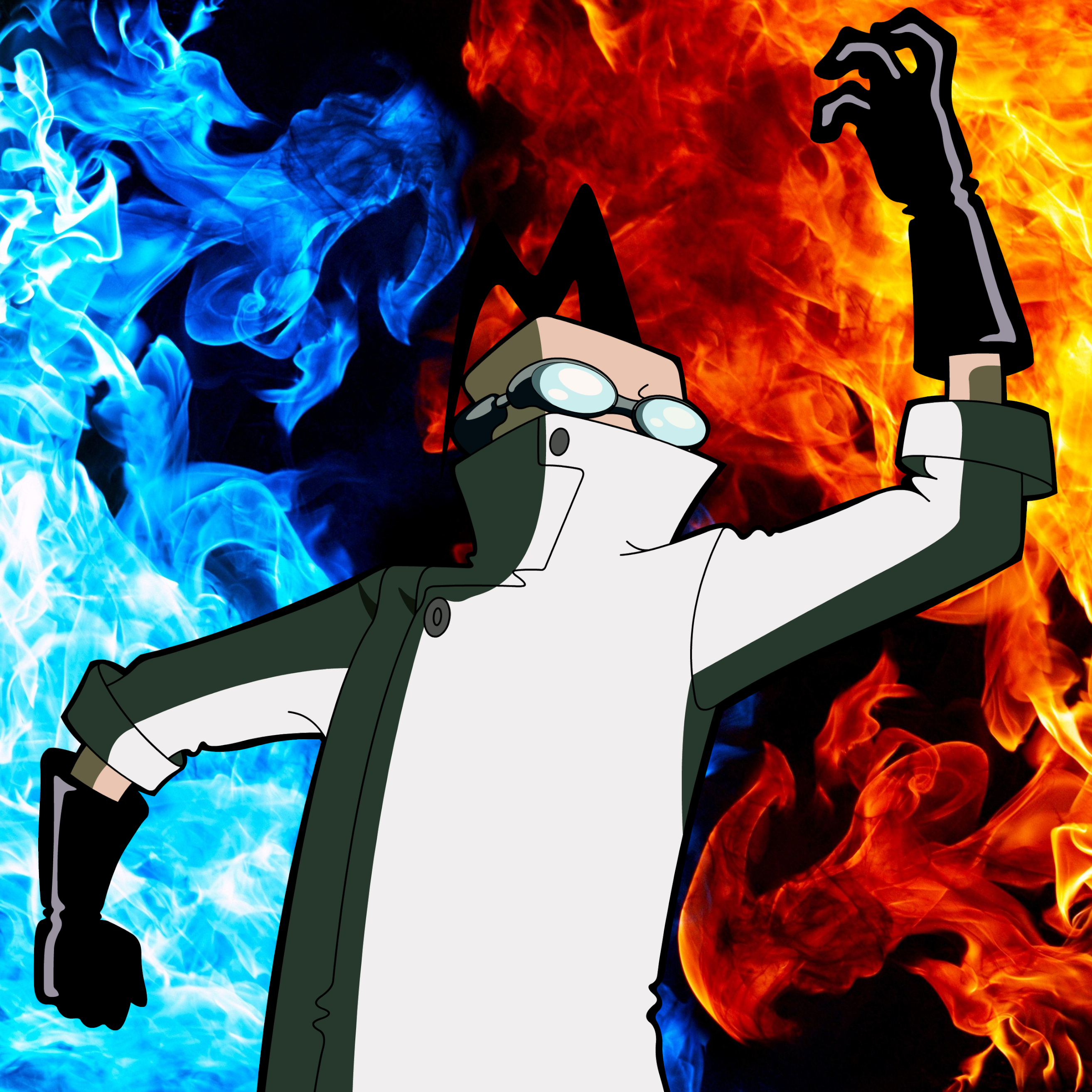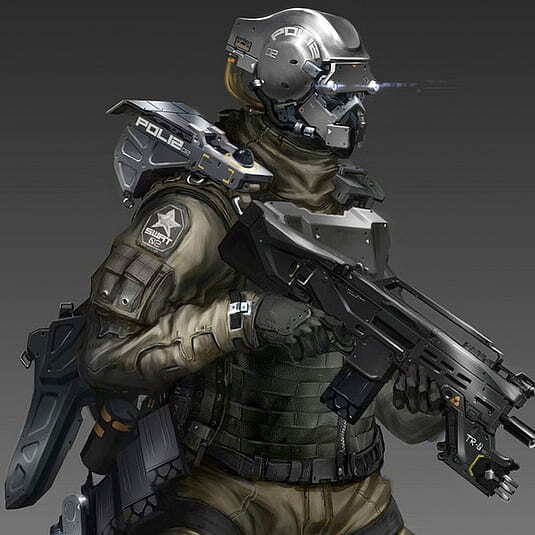PFY
Chapter 1: Memories of Leif Eriksson
“Three, Two, One, Ignition.”
The Niña started to shake slightly while its magneto-hydrodynamic generators spooled up. As our ship started to accelerate at respectable 4m/s², or in laymen terms, close to half a g, the Pinta, and Santa Maria prepared to follow us within the next minutes.
The second interstellar mission in humanities history was on its way, three ships, each holding 4000 colonists in cold storage, following the foot steps of the Leif Eriksson, its automated predecessor.
I was part of the scientists team and had the opportunity to experience the first true step into the void by my own eyes from the conference room while the ship crew made this miracle of a voyage possible. The crew of 24 and the eight scientists per ship would be the only ones to truly experience the journey, at least while we weren’t in cold storage. The colonists had been deep frozen even before we had left earth.
When the Moon vanished in the distance the novelty of the journey went away and the scientists and most of the crew went to our cryo chambers. While waiting for the sleep to set in I remember the history of the events leading up to this.
The Leif Eriksson was sent in the year 2653 towards TRAPPIST-1, nearly 180 years ago, and after a 90 years journey landed its probes on the twelve major bodies of the TRAPPIST-1 system, ranging from planet ‘b’ to ‘m’. As expected planet ‘d’ to ‘h’ seemed to be promising – if you call an average temperature of -100° up to 80° Celsius across the several planets hospitable. Not exactly Kansas but with modern technology manageable.
The probes conducted a number of experiments, looked for local life, tested how Terran life would handle the hostile environment, probed the resources and analysed stellar radiation and planetary weather. After a decade most probes started to show signs of old age and after two they were all gone, having done their duty pretty well. Another decade later the Leif also went silent, most likely taken out by a sun flare or an unlucky hit by a small rock.
Besides very primitive bacteria these old worlds were totally barren. Which wasn’t a surprise as their host star tended to flood the system with harsh radiation from time to time. But still, those worlds were a lucky find! Every single one could be terraformed to garden worlds over a couple of centuries and while the stellar outbursts were pretty deadly they were also quite rare and easy to predict.
The most promising planet had been ‘e’. It had a thick CO² atmosphere and was pretty warm at 80° but given we could capture the CO² and process it to O², and thus lowering the temperature, we could easily make it to a tropic paradise over the next three hundred years. Not that I would see the end of this as I only had around 100 years left on my biological clock.
Planet ‘d’ had a thin Nitrogen atmosphere with some CO² mixed in and sulphur clouds and most likely boiling hot hurricanes, ‘f’ was a winter world with short summers and traces of O² from its simple bacteria while ‘g’, ‘h’ and the even more remote worlds had been just frozen Snow Balls for billions of years. Still, those would be the first worlds we had planned to land on as building warm housings on these silent frozen worlds was a lot easier than taming boiling hot rainfall and CO² thunderstorms. Also we wanted to preserve the primitive life on ‘f’, at least for the time being. And even the Snow Ball Worlds would give us the resources we would need to continue our endeavour.
Before I had finished my thought I drifted off to sleep.
Chapter 2: Three Ships and one Puzzle
“Your shift, Doctor Fossey.”
I rubbed the sleep out of my eyes and looked around. My first shift. Lieutenant Gonzales and Ensign Yoon stood next to my chamber and helped me to get up.
“Little Change of Plan, you are taking the second shift instead the fourth. Doctor Landau wants you to check the spectrographs. They seem to be misaligned he said.”
“Well, you are lucky, I have nothing else to do. And just call me Mich. Anything else worth mentioning?”
“Except having left behind the solar halo and now running of full power? Nothing.”
When I stood up I felt the full weight of my body due to us accelerating at 1.5g – an uneasy and exhausting experience. I decided to hit the gym later to build up some more muscles.
After a little welcome meal with the others of the first and second shift Doctor Landau gave us a short oversight. The Spectrographs showed slightly different values for the atmosphere of planet ‘d’, less than one per Mille, all six spectrographs over all three ships showed the same data while historic records dating back half a thousand years never showed anything like that.
For the next three months I double checked everything I could. Planet ‘d’ seemed to undergo a small but interesting change. A tiny bit more CO², a weeny trickle of more atmosphere… Whatever was the reason, it might not be just a sensor fluke. Maybe a volcanic eruption or an asteroid impact. But as it was minor and we were far too far away I left the analysis to the next shift and went back to cryo sleep.
And awoke after a time- and dreamless sleep to the Captain and three scientists.
“James, sorry to wake you up again. Fifth shift.” Captain McDowell himself greeted me” Don’t worry, we just wanted to hear your opinion about the new data, then you are off to sleep again.”
So much brass and lametta, the lead scientist, the Captain, the colonist speaker.
“Sounds Serious?”
“Maybe. You are the Specialist for Spectrography. Tell us how serious it is.”
One hour later the freshly awoken full scientist team was up to date. Planet ‘d’ had decided to change a lot. Its atmosphere had increased nearly 3 percent, the amount of CO² and even Oxygen had risen way beyond a suspected sensor fluke. And no Vulcan or Asteroid would produce so much Oxygen.
Something was very off but we were still 39 light years away. After we had eloquently assured each other we knew shit everyone went to sleep again. Because we couldn’t do anything else.
Over the next 60 years I got woken up another nine times. Planet ‘d’ had started to develop a Terran Atmosphere. No doubt about it. And the speed of the transformation was breathtaking, even more as we were moving towards TRAPPIST-1 with a good fraction of the speed of light and more or less saw a time lapse of what was going on.
Did this endanger our plans? Well, no. We were aiming for the cold worlds of ‘g’ and ‘h’ for a start and then would Terraform ‘e’ next. ‘d’ was never on our near agenda. But still… what was happening?
Aliens. It must have been Aliens. No, why should Aliens Terraform a world for us? A miracle from God? Well, maybe but why on a world we weren’t even looking to use. Did Terra build a FTL ship which had overtaken us and started to terraform the worlds? But wouldn’t they tell us? Had we been forgotten? Radio transmissions would take decades and would give us answers only after we arrived so we really couldn’t ask for outside help.
In the end we agreed to not agree on anything even as the miracle become greater and greater. On my last shift before planet-fall I could even see on remote scans that the surface of the planet had dramatically changed! From a rusty brown with tiny spots of yellowish clouds and small dirty water puddles to a thick green foliage covering the whole habitable zone of the planet. And even a bit beyond. Much more clouds, more water, an ocean actually. The transformation must have had slowly been going on even decades before we started our journey but due to distance we only saw the first signs 40 years later. Now, 70 years later, we had data from 110 years, all pointing to a massive and fast transformation of a whole planet. And to satisfy your curiosity, no signs of aliens, no gods, no FTL from Terra either.
…
continues in comments…

